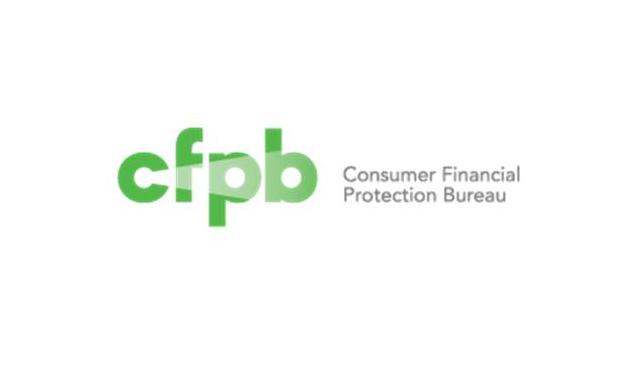Consumer Financial Protection Bureau to oversee debt collectors
Bureau Publishes Exam Procedures and Answers Consumer Questions on Debt Collection Practices
WASHINGTON, D.C. – The Consumer Financial Protection Bureau (CFPB) published a rule today that will allow the agency to federally supervise the larger consumer debt collectors for the first time. The CFPB also released the field guide that examiners will use to ensure that companies and banks engaging in debt collection are following the law.
“Millions of consumers are affected by debt collection, and we want to make sure they are treated fairly,” said CFPB Director Richard Cordray. “Today we are announcing that we will be supervising the larger debt collectors in the market for the first time at the federal level. We want all companies to realize that the better business choice is to follow the law — not break it.”
Approximately 30 million Americans have, on average, $1,500 of debt subject to collection. Debt collectors often report consumers’ collection status to the credit bureaus. If they get the information wrong, this can be the difference between getting approved or denied for such financial products as a mortgage or a car loan.
The consumer debt collection market covered by the rule includes three main types of debt collection: first, firms that may buy defaulted debt and collect the proceeds for themselves; second, firms that may collect defaulted debt owned by another company in return for a fee; and third, there are debt collection attorneys that collect through litigation. A single company may be involved in any or all of these activities. By expanding the supervision program to oversee the nonbanks that are larger participants in the consumer debt collection market, the Bureau will now have a window into every stage of the process – from the origination of credit to debt collection.
The CFPB’s supervision authority over these entities will begin when the rule takes effect on January 2, 2013. Under the rule, any firm that has more than $10 million in annual receipts from consumer debt collection activities will be subject to the CFPB’s supervisory authority. This authority will extend to about 175 debt collectors, which account for over 60 percent of the industry’s annual receipts in the consumer debt collection market.
Pursuant to the CFPB’s supervision authority, examiners will be assessing potential risks to consumers and whether debt collectors are complying with requirements of federal consumer financial law. Among other things, examiners will be evaluating whether debt collectors:
- Provide Required Disclosures: Examiners will evaluate whether debt collectors are properly identifying themselves and properly disclosing the amount of debt owed. The CFPB intends to ensure that debt collectors are upfront and clear with consumers.
- Provide Accurate Information: Examiners will assess whether debt collectors are using accurate data in their pursuit of debt. Inaccurate information can lead to collectors attempting to collect debt that consumers do not owe or have already paid.
- Have a Consumer Complaint and Dispute Resolution Process: As part of the CFPB’s compliance management review, examiners will assess whether complaints are resolved adequately and in a timely manner, whether the complaints highlight violations of federal consumer financial law, and whether the debt collector has a process in place to address consumer disputes.
- Communicate Civilly and Honestly with Consumers: Examiners will be assessing whether debt collectors have harassed or deceived consumers in pursuit of debt. For example, debt collectors should not be using obscene or profane language with consumers. Nor should they be engaging the consumer in telephone conversations repeatedly or continuously with intent to annoy, abuse, or harass. Debt collectors cannot threaten to imprison consumers who do not pay their debt or threaten to tell the consumer’s employer about the debt.
The procedures released today are an extension of the CFPB’s general Supervisory and Examination Manual and provide guidance on how the Bureau will be conducting its monitoring of debt collection activities. Examiners will evaluate the quality of the regulated entity’s compliance management systems, review practices to ensure they comply with federal consumer financial law, and identify risks to consumers throughout the debt collection process. The CFPB has issued similar procedures for other companies under its supervision, such as consumer reporting agencies, mortgage originators, mortgage servicers, and payday lenders.
Today’s rule is the CFPB’s second larger participant rule. The first larger participant rule, which pertained to the consumer reporting market, was announced in July 2012 and took effect on September 30, 2012.
The CFPB is also publishing new questions and answers about debt collection in its Ask CFPB database. This interactive, online database answers consumers’ most frequently asked questions in plain language. The questions cover topics such as the definition of a debt collector, the best way to negotiate a settlement with a collector, and what a collector has the authority to do.
Today, the CFPB is holding a field hearing in Seattle to gather information about the consumer debt collection market from the industry and the public.
A factsheet on today’s announcement can be found at: http://files.
A copy of the rule published today can be found at: http://files.
The Examination Procedures for Debt Collection can be found at: http://files.
~


It may help going forward but does nothing for those already ruined